Warabi City, Saitama Prefecture How to write on “Warabi Apple” T-shirt What I found in Japan’s smallest city | NHK
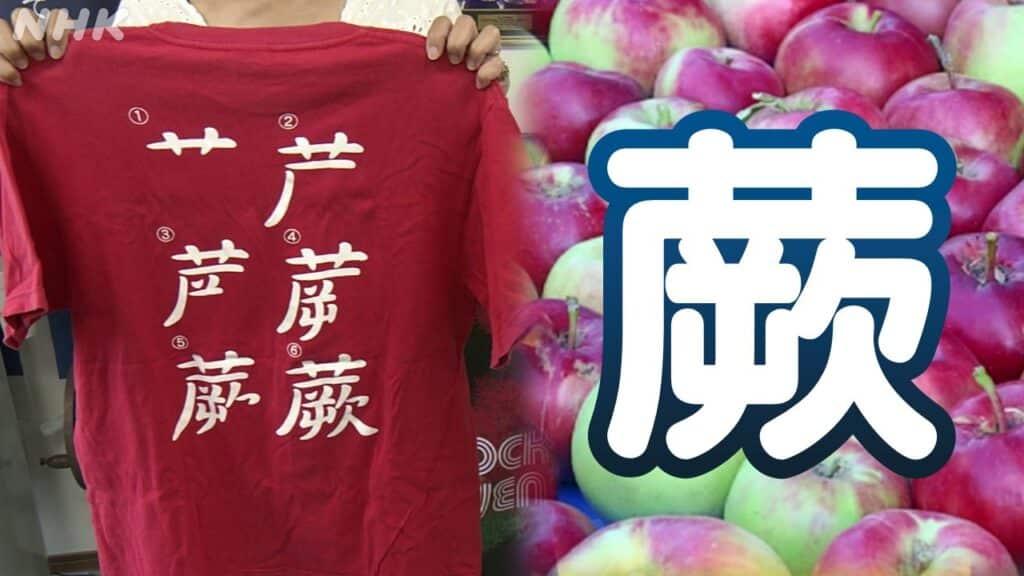
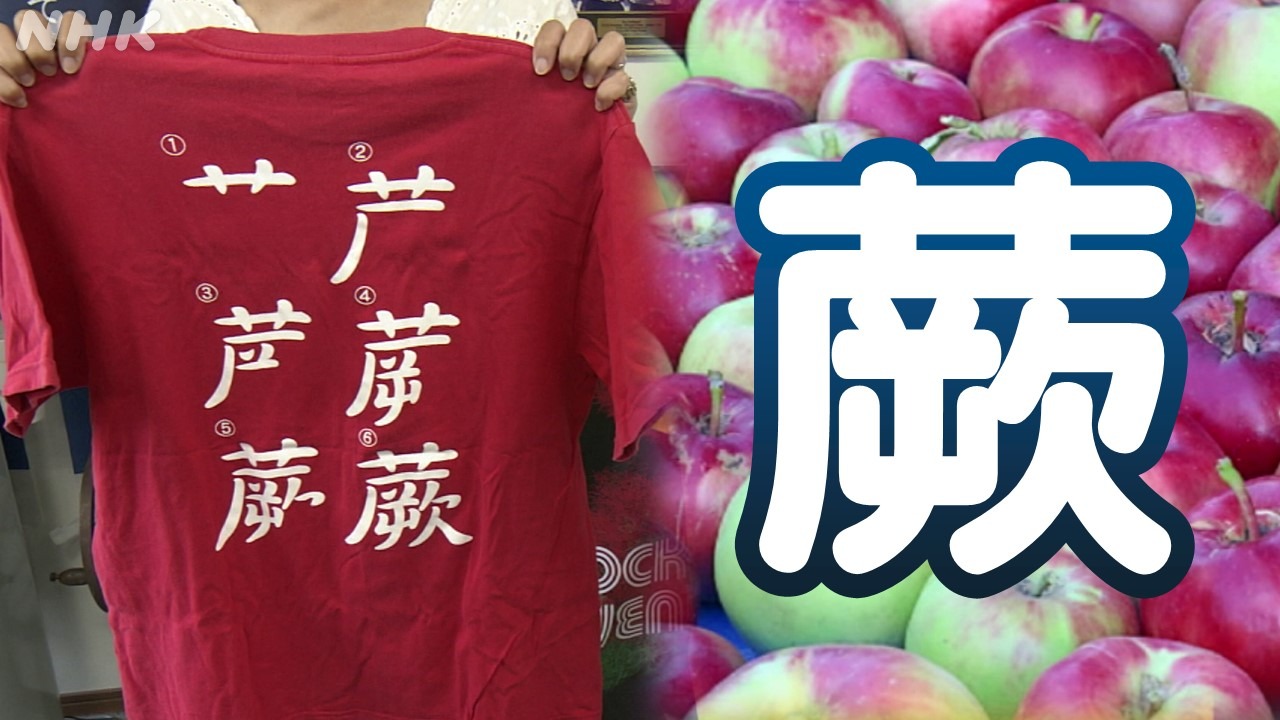
Warabi City, Saitama Prefecture, is the smallest city in Japan.
Apples grown in the city, T-shirts with designs on how to write the kanji for “warabi,” and the world of weaving that remains in folk songs.
I visited Warabi City and found three songs related to warabi.
(Saitama Broadcasting Station Caster/Eri Saito)
An apple orchard in a residential area⁉
The journey begins at Warabi Station on the JR Keihin Tohoku Line.
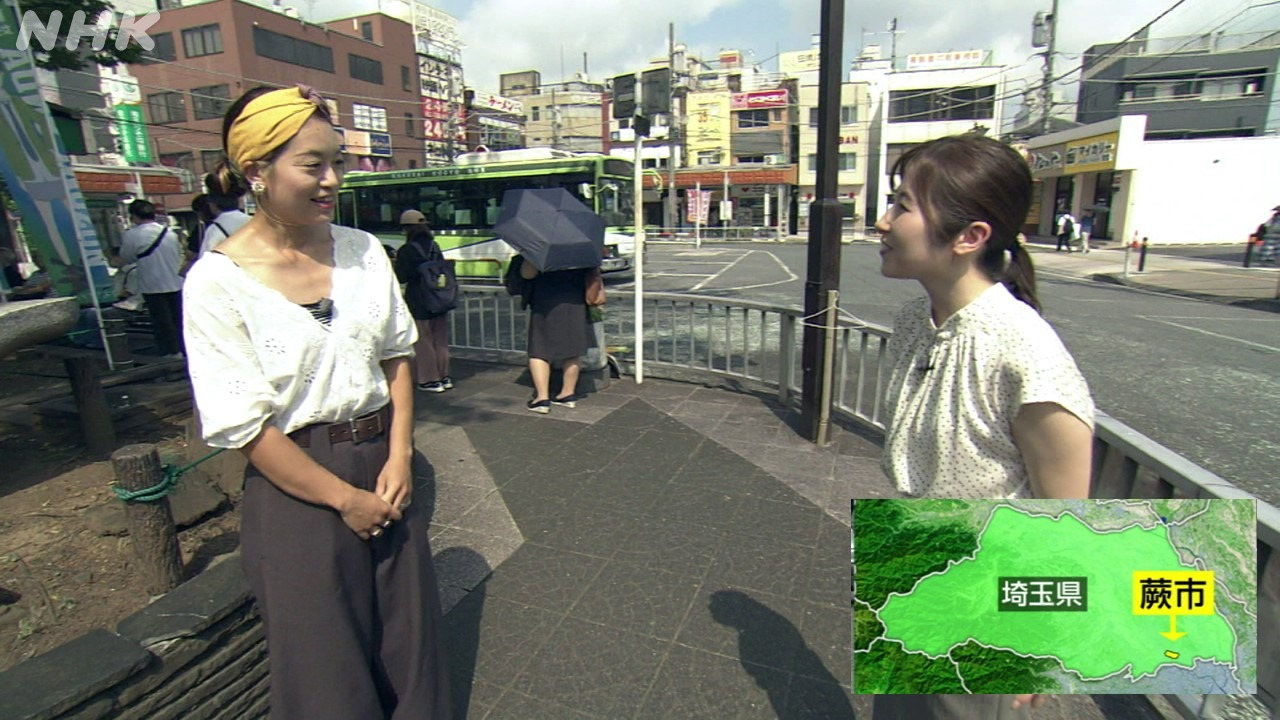
We asked a warabi expert for guidance. I’m Masako Tanaka from the Warabi City Nigiwai Town Development Liaison Committee, which works to introduce the city’s shops and spots to Warabi residents.
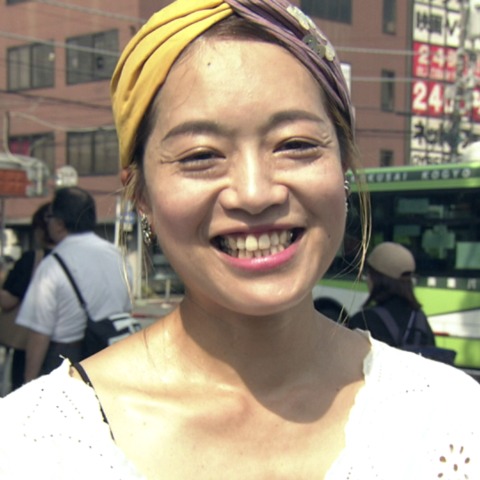
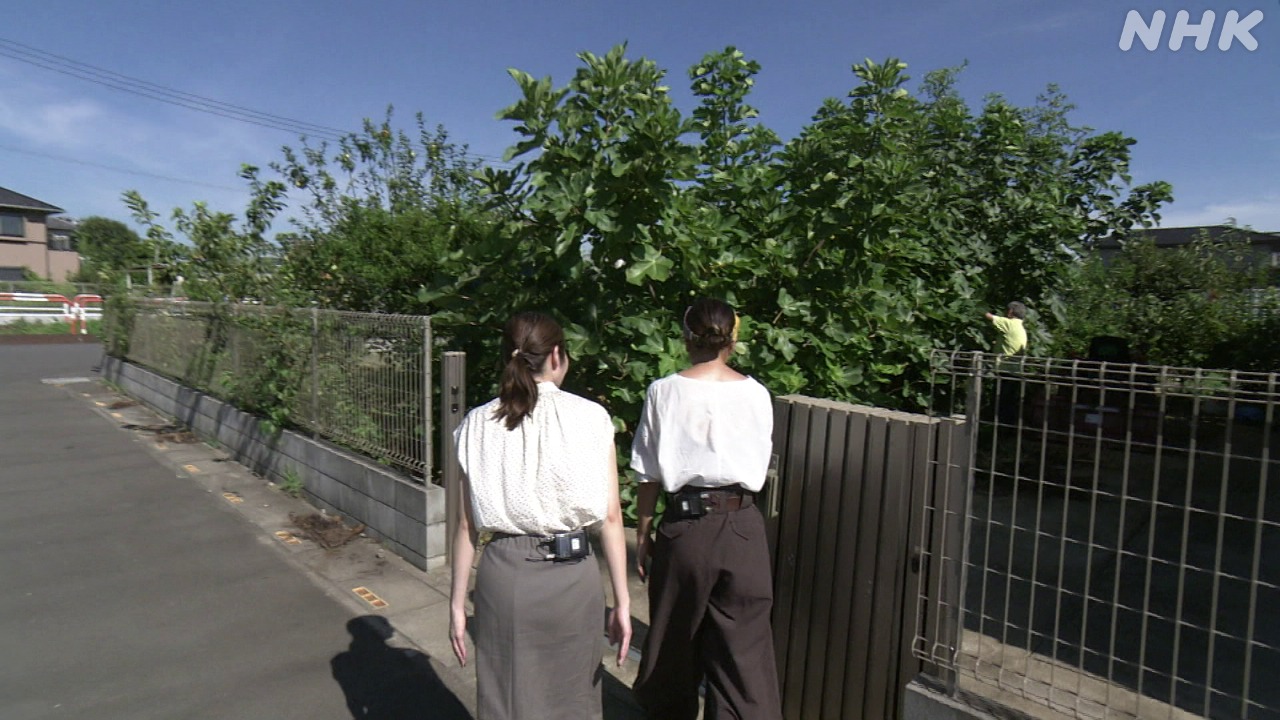
A residential area about 2 kilometers from the station.
It is said that there is an apple orchard in this residential area.
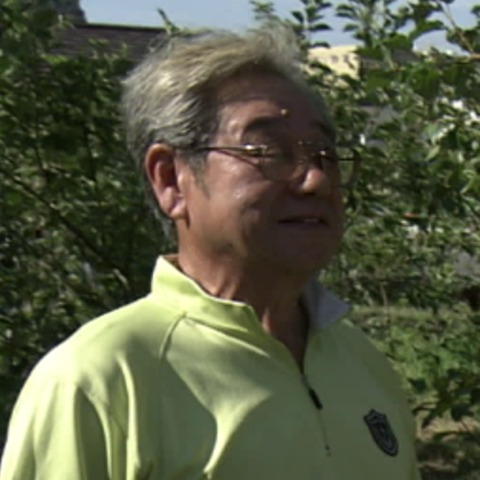
This is warabi apple
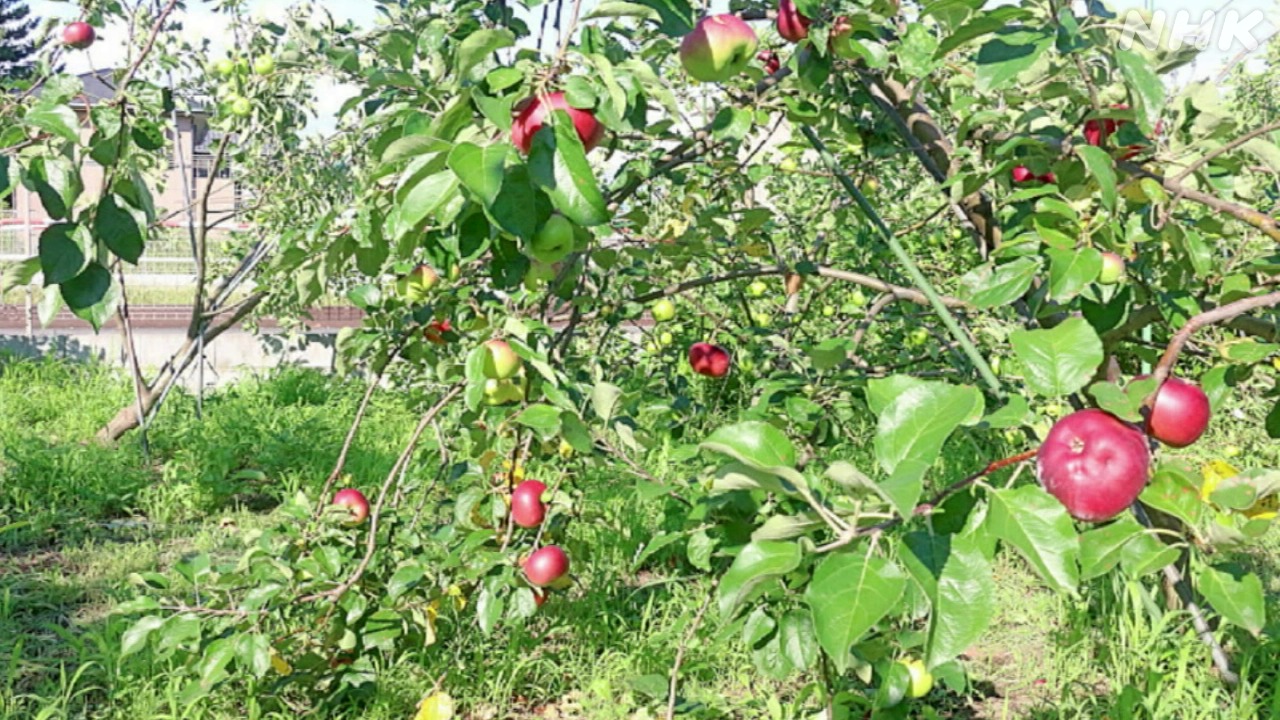
This is a new variety that was experimentally created by a farmer in the city about 40 years ago out of curiosity to see if apples could be grown in this area.
Is “warabi apple” the taste of first love?
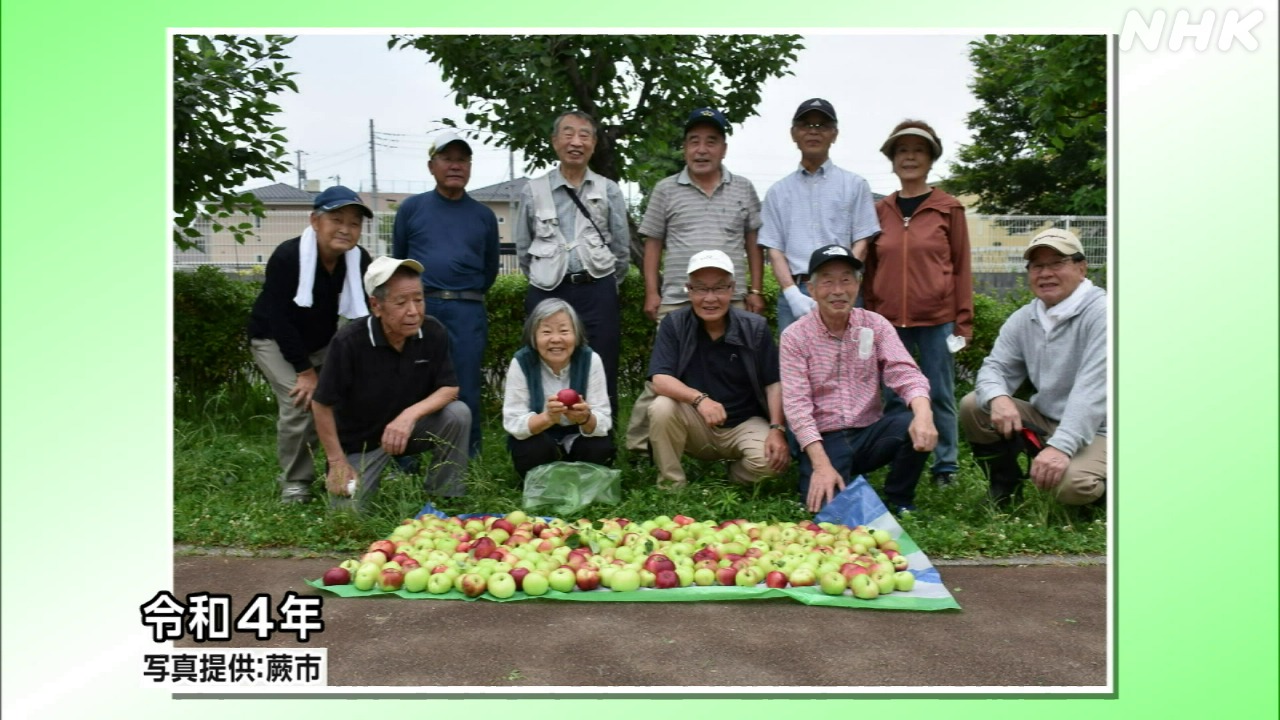
In 2009, to commemorate the city’s 50th anniversary, a project to revitalize the town using apples began.
Farmers in Warabi City took the lead in growing apple trees and developing products using the fruit that grew.
This is cider. Apparently it’s only sold in the city.
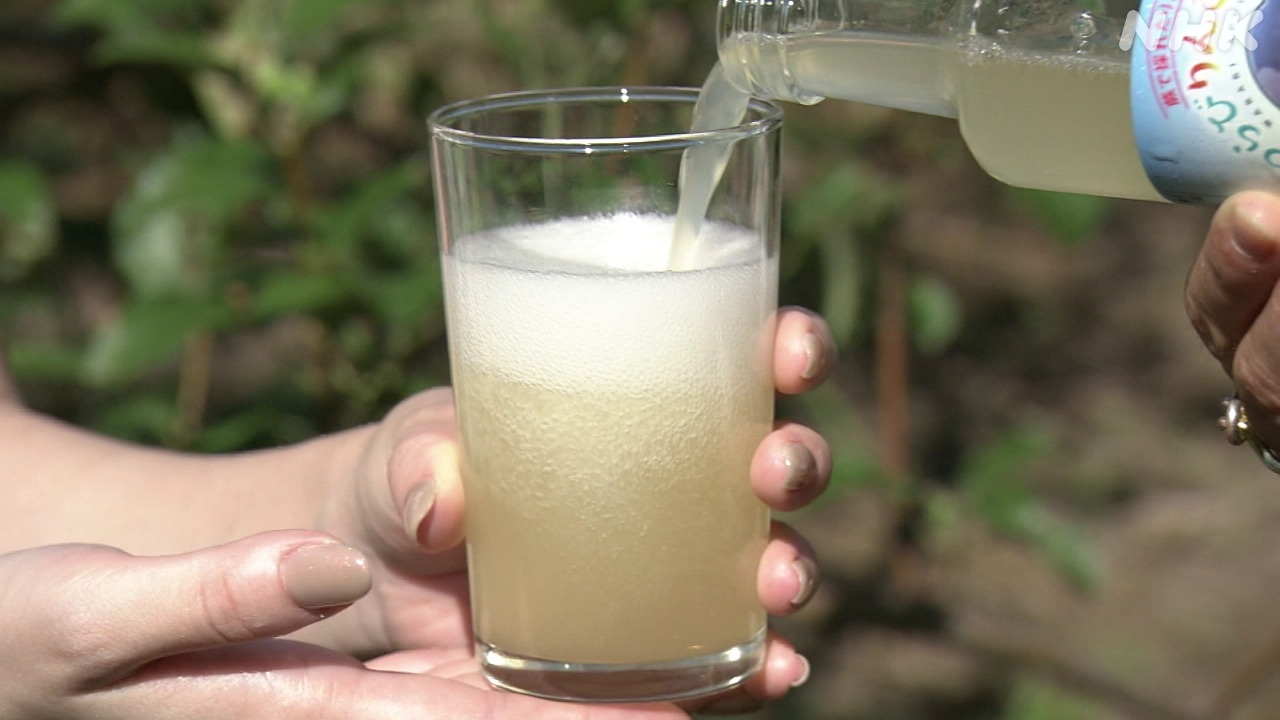

It tastes like first love
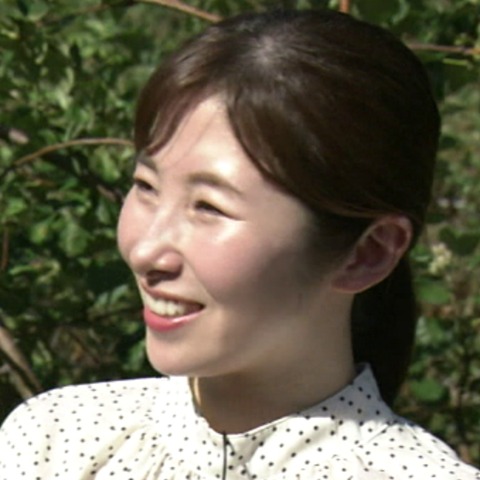
Does it taste like first love?
I’ve already forgotten my first love. What does it taste like?
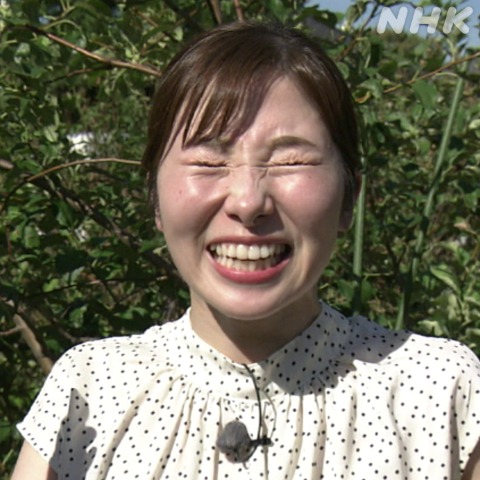
Ah, sour. I was surprised because I had imagined it to be sweet.
However, the aftertaste is very refreshing.
It reminded me of my first love.My first love was a bit bittersweet for me too.

It was good
Because this apple has a strong sour taste, it is not shipped as an apple, but instead is made into processed products such as cider and sherbet.
Last year, 6,000 bottles of cider were made and sold at eight locations in Warabi City, including liquor stores.
“Warabi Ringo” theme song
The first song I will introduce was born out of this town revitalization activity. This is Warabi Ringo’s theme song.
♪ “Look, apples have bloomed in Warabi Town.”
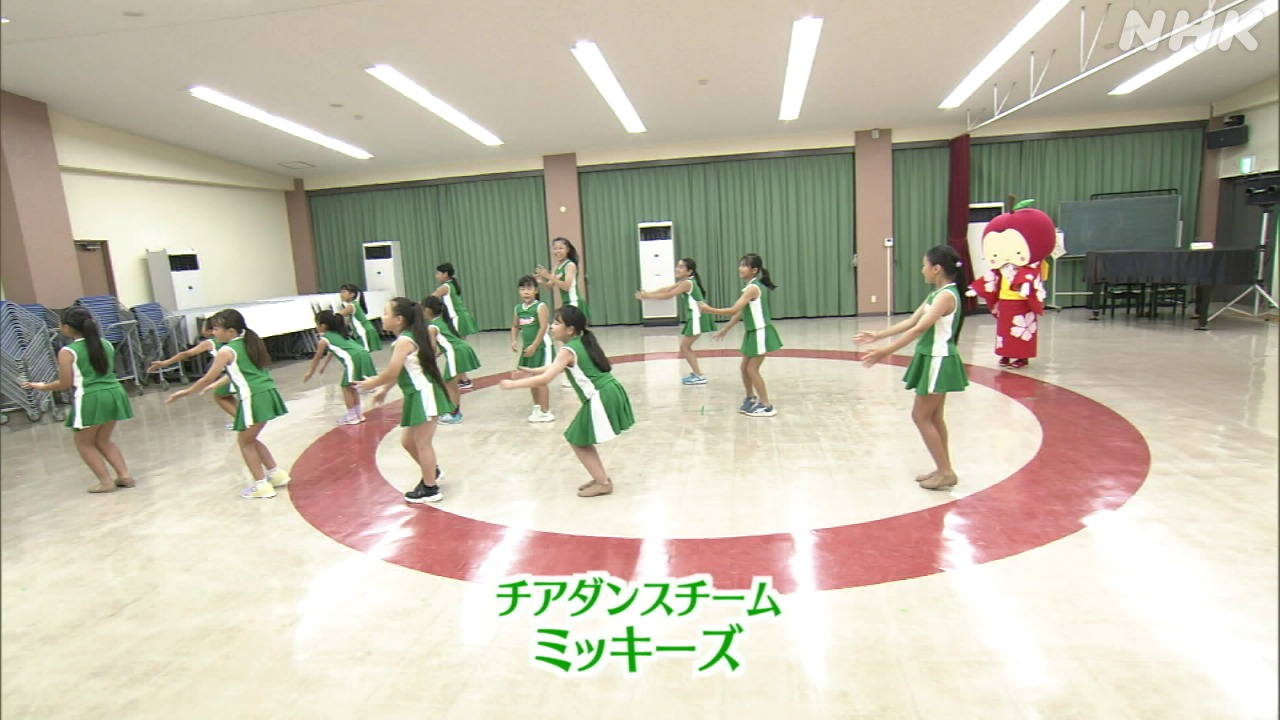
When I visited a community center in the city, children were practicing dancing to this song.
♪“Even the round little apples endure a long winter.”
A cheerleading team made up of elementary school students in the city. This dance is performed at a festival in the city every September.
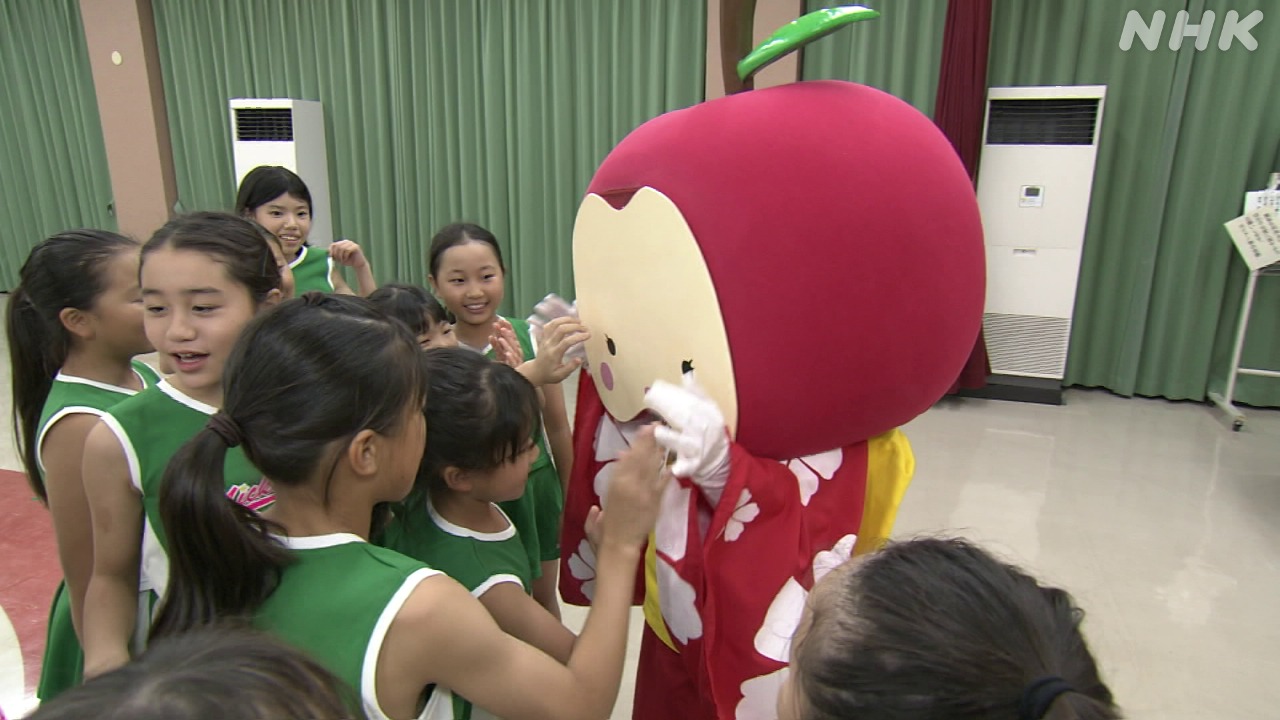
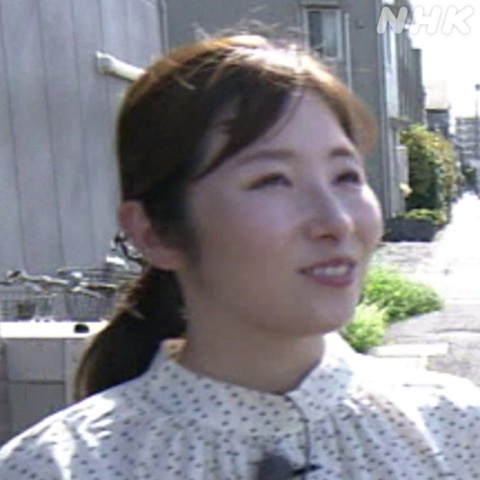
cute.I can’t help but want to imitate it.
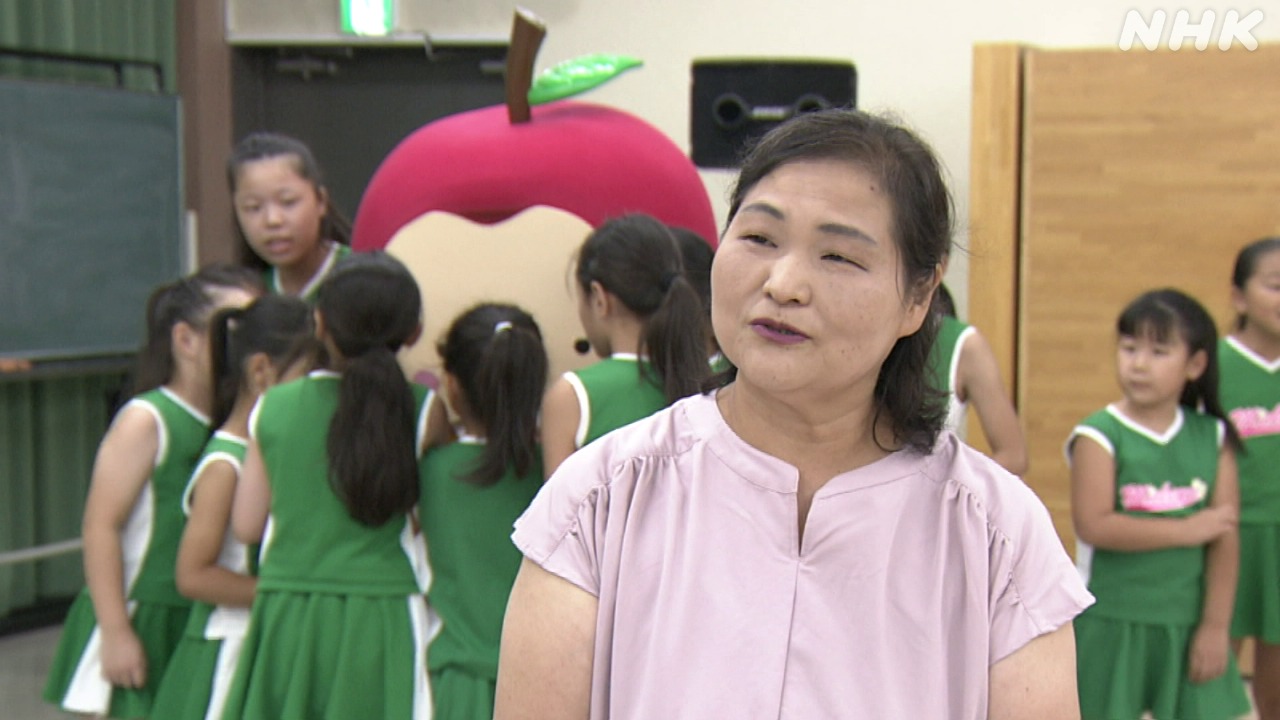
Yukiko Yamada, representative of the cheer dance group
“I wanted children to know that if you can sing and have choreography, there is something called Warabi Ringo.”
T-shirts with how to write “warabi” are popular
I heard that the person who wrote the apple song was a citizen of Warabi, so I decided to go see him.
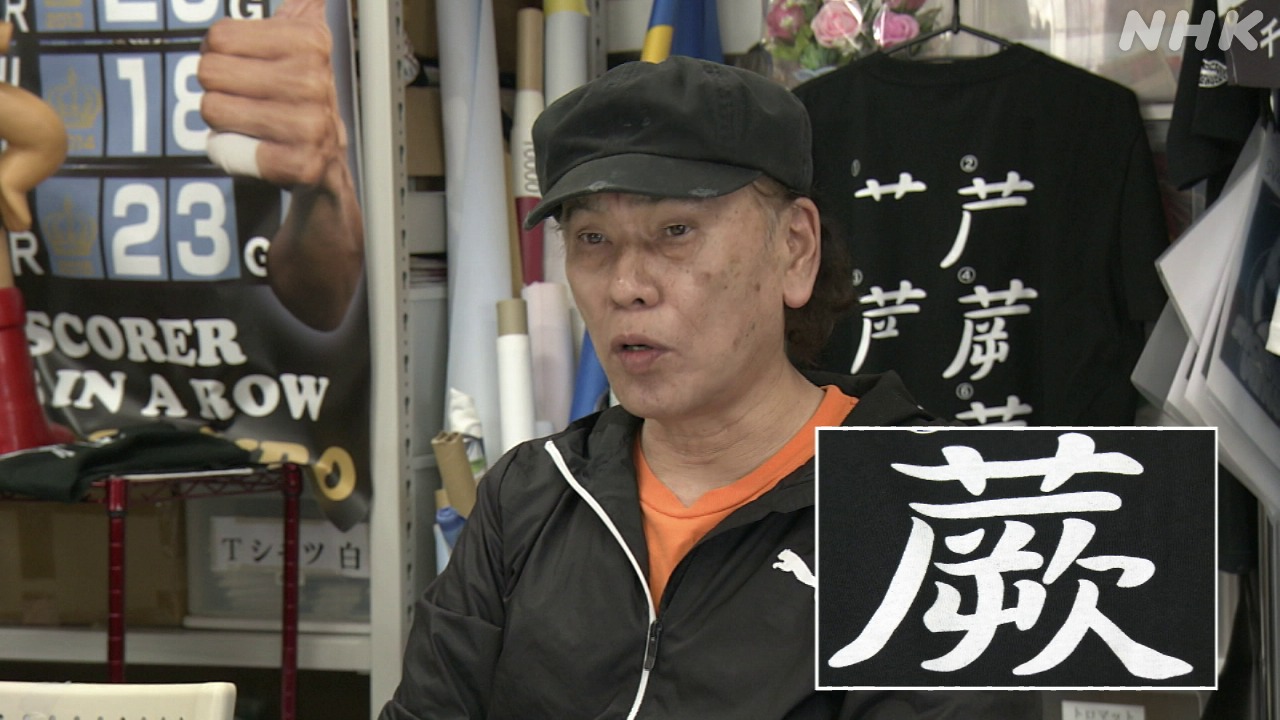
My name is Hiroshi Kageyama and I work in advertising and design.
I was just making a flag. The kanji for the word warabi is drawn in large letters.
Mr. Kageyama, I have a strong attachment to this kanji.
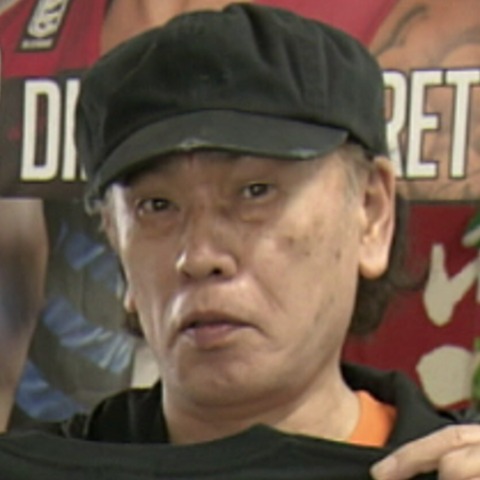
The most interesting thing about Warabi, the biggest star, is the kanji “Warabi”.
Mr. Kageyama, whose hobby is music, even wrote a song with this kanji as its theme.
♪ “Here, let’s write the character for bracken.”
♪ “Please remove the moon from Sakutaro’s Saku”
“Warabi” is not included in commonly used kanji. Mr. Kageyama is paying attention to the difficulty of this process.
Hiroshi Kageyama
“Of course those of us who live here can write Warabi, but ever since I was a child, the letters and postcards I often receive from friends have always had a messed up handwriting.It seems like very few people write Warabi properly.”
I created something that I wanted to share with fellow Warabi citizens.
This is a T-shirt that explains step by step how to write kanji.
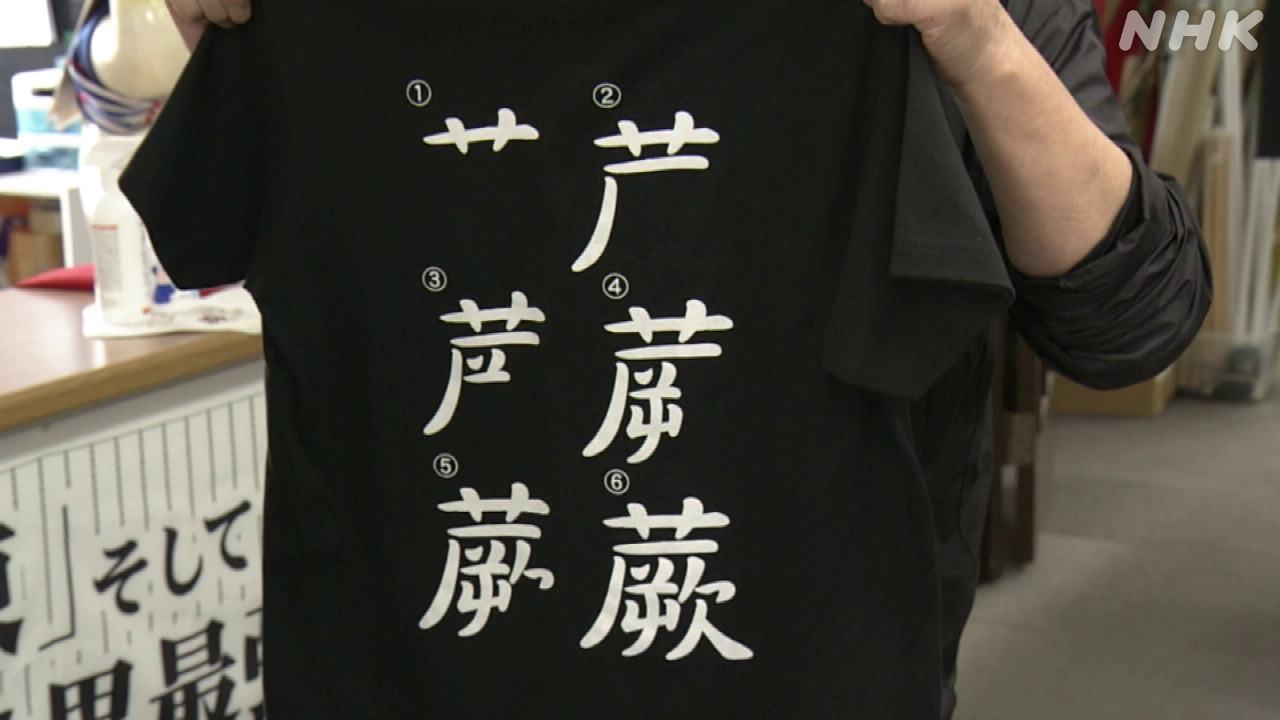

When people who live in warabi see this, they think, “I’m out!”
When the tourism association started selling them, they say they have sold more than 20,000 tickets out of Warabi City’s population of 75,000.
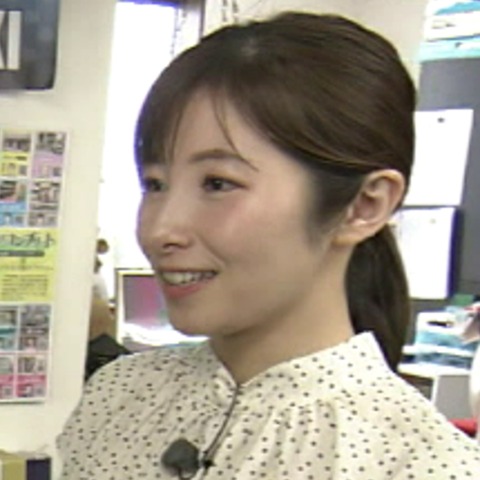
After all, I keep staring at it.
Mr. Tanaka, who guided us around, said that when he goes outside of Saitama Prefecture, he wants to walk around with the back of his T-shirt showing.
Traces of extinct textiles in warabi folk songs
The third song of Warabi is a folk song that was born in Warabi City. I was taken to a folk song class.
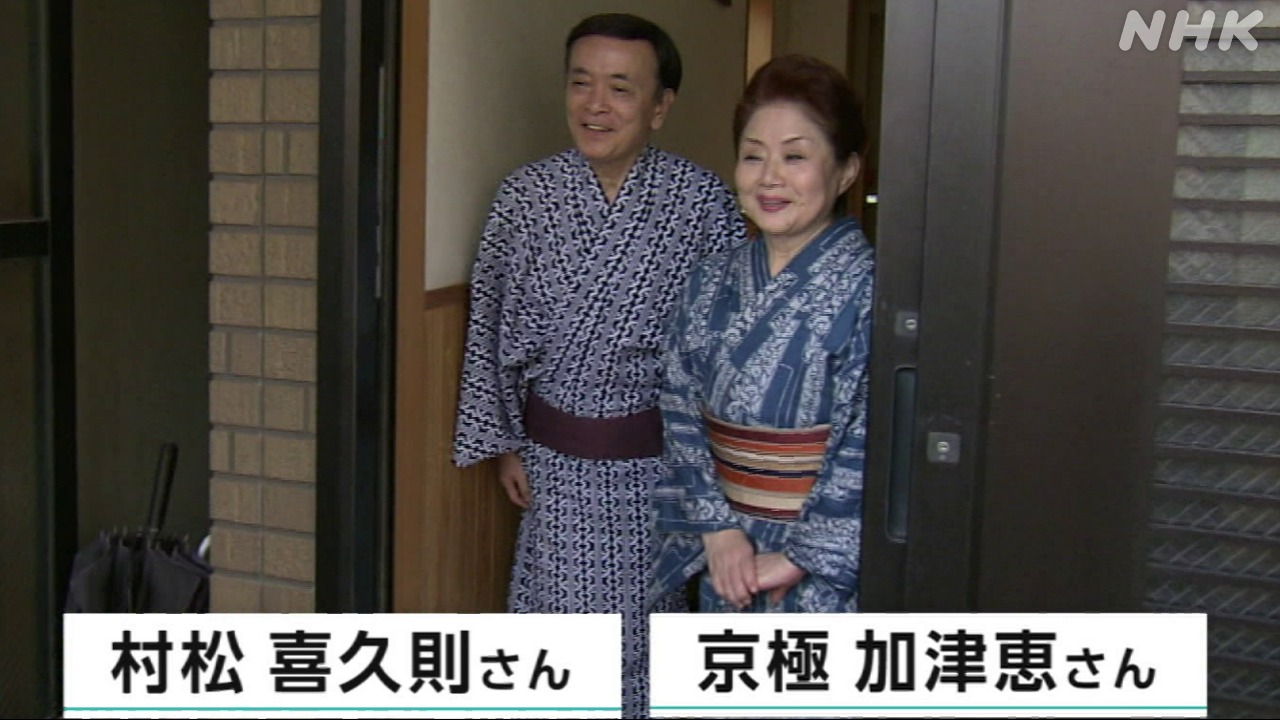
They are a couple, Mr. Kyogoku and Mr. Muramatsu.
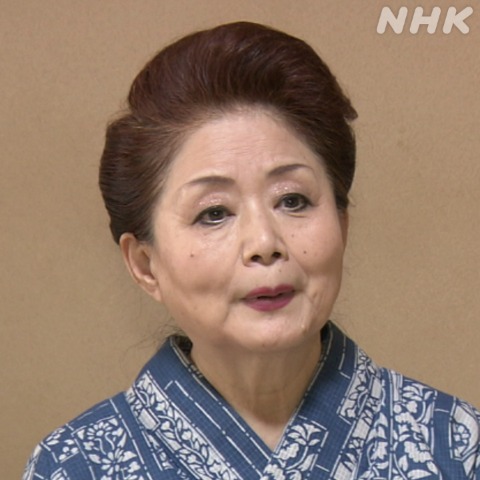
It’s a song with historical value.
This song is about weaving, which was popular in Warabi City.
♪ “What are you proud of at Warabi?”
The lyrics sing about the prosperity of bracken while introducing historical sites.
Honjin was established as a post station during the Edo period in Warabi Castle, which was built during the Muromachi period.
♪ “Shukuba Honjin Twin Ori” “Warabi Twin Ori” (Warabi Futa Koori)
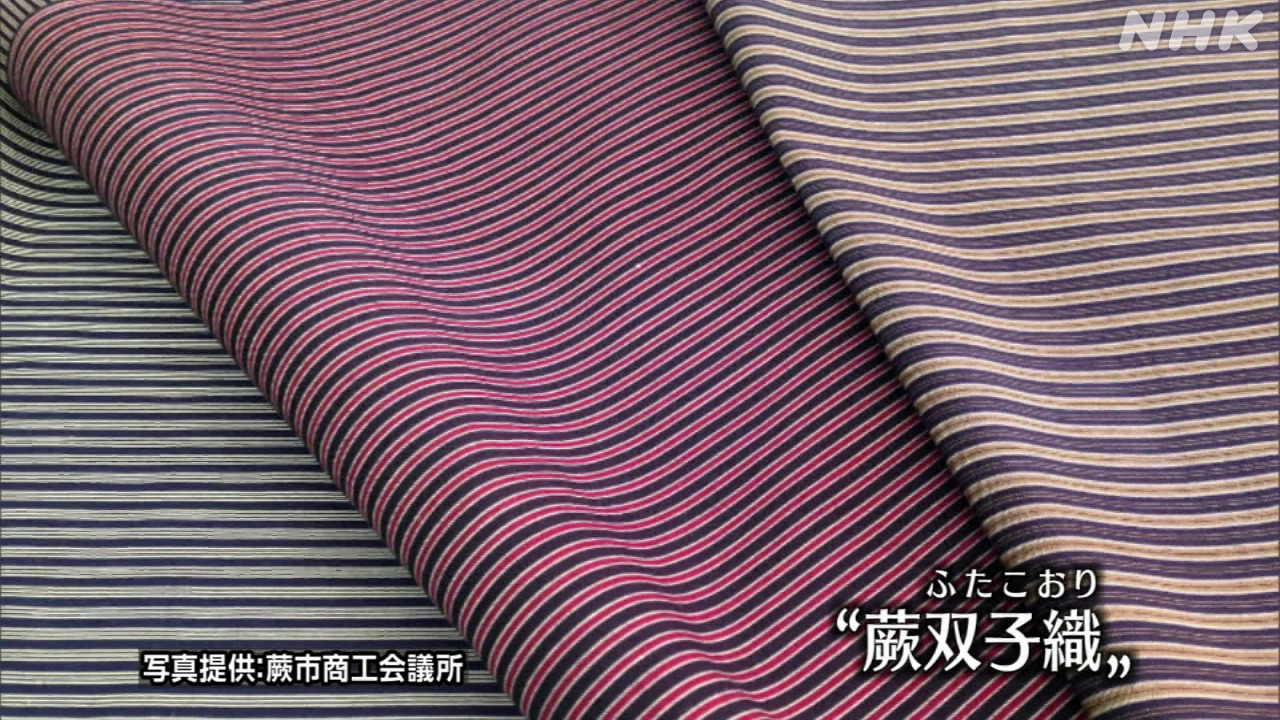
During the Meiji period, Warabi Twin Ori was known nationwide as a high-quality cotton fabric. It was said to be valued for its silk-like shine.

When we were children, there were many weaving factories with jagged roofs near our house.
Unfortunately, Warabi Twin Ori became obsolete in the 1950s. However, some of the folk songs depict the conditions inside the factory during its heyday.
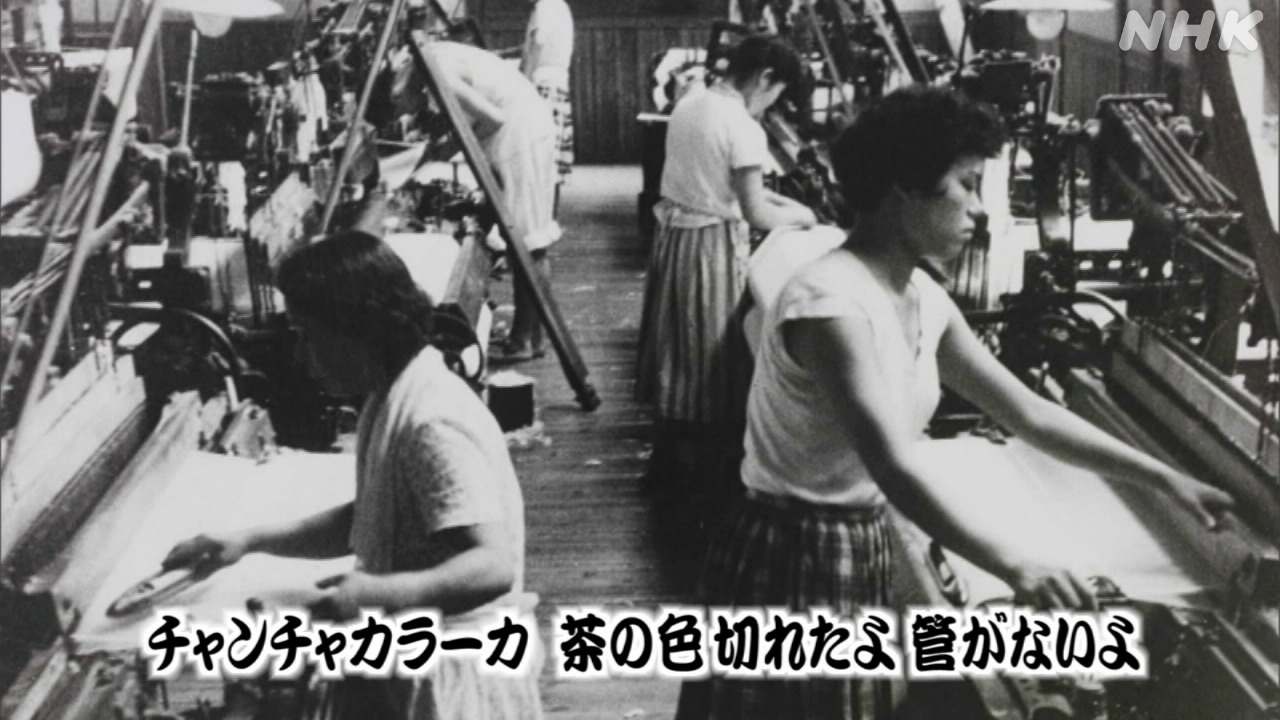
♪ “Chanchakaraka, the brown color is gone. There’s no tube, Chanchakachan.”
Chanchakachan is the sound of a loom. They seem to be in a panic because they have run out of material threads.
Kyogoku-san and Muramatsu-san continue to preserve Warabi folk songs together with their disciples and local people.
Ms. Katsue Kyogoku
“I hope that this kind of work and this kind of life was passed down from generation to generation.”
Click here for the video
You can listen to the three songs we found this time here.
“Japan’s smallest city, the charm of the city conveyed through local songs”
